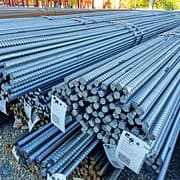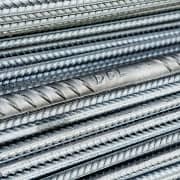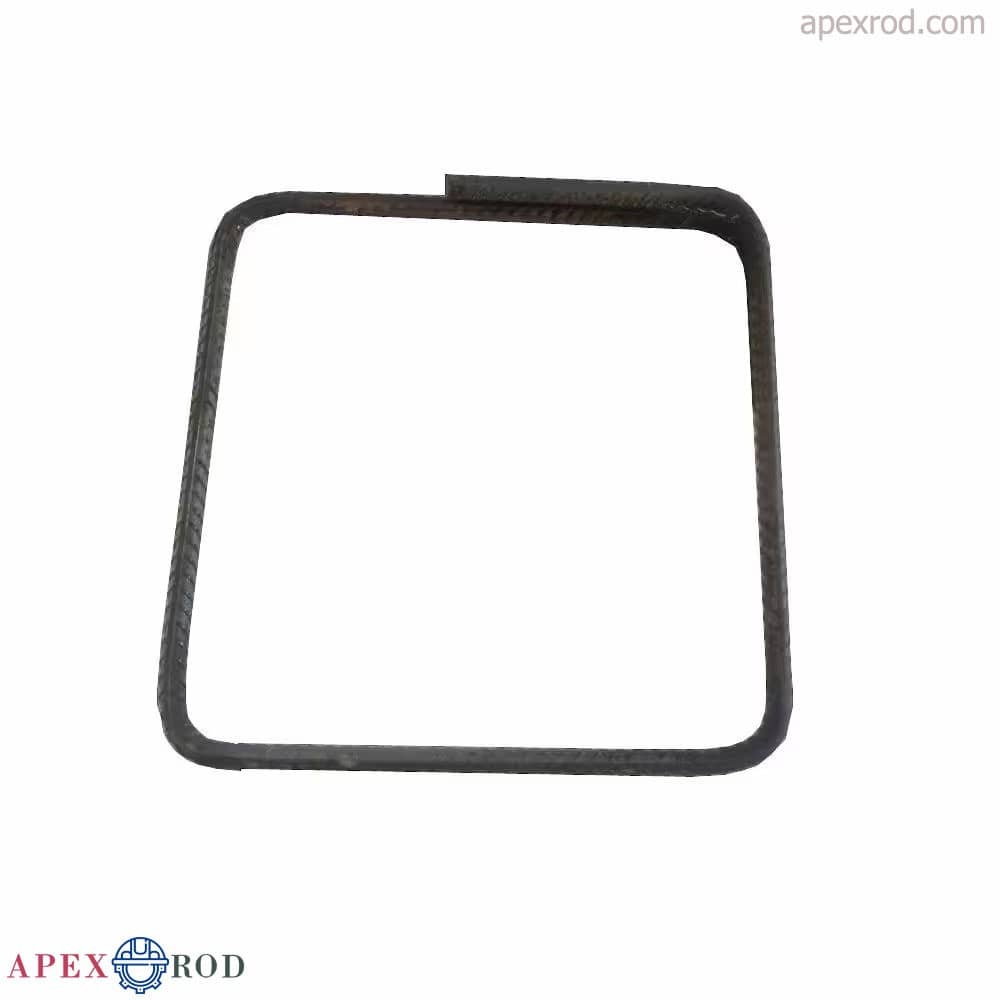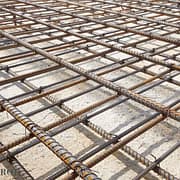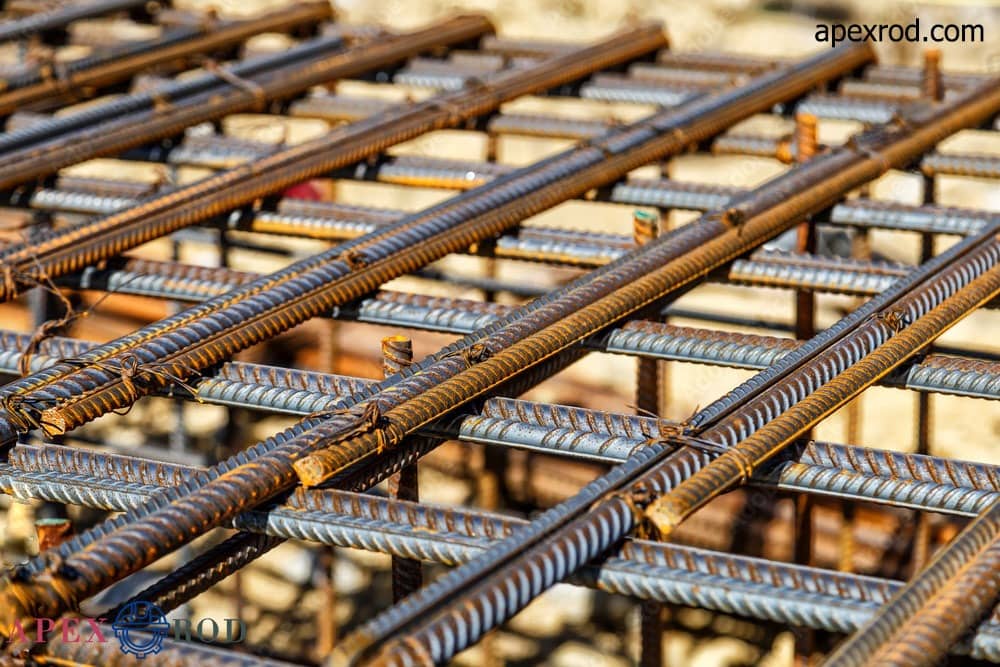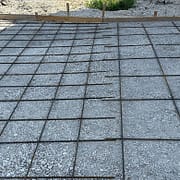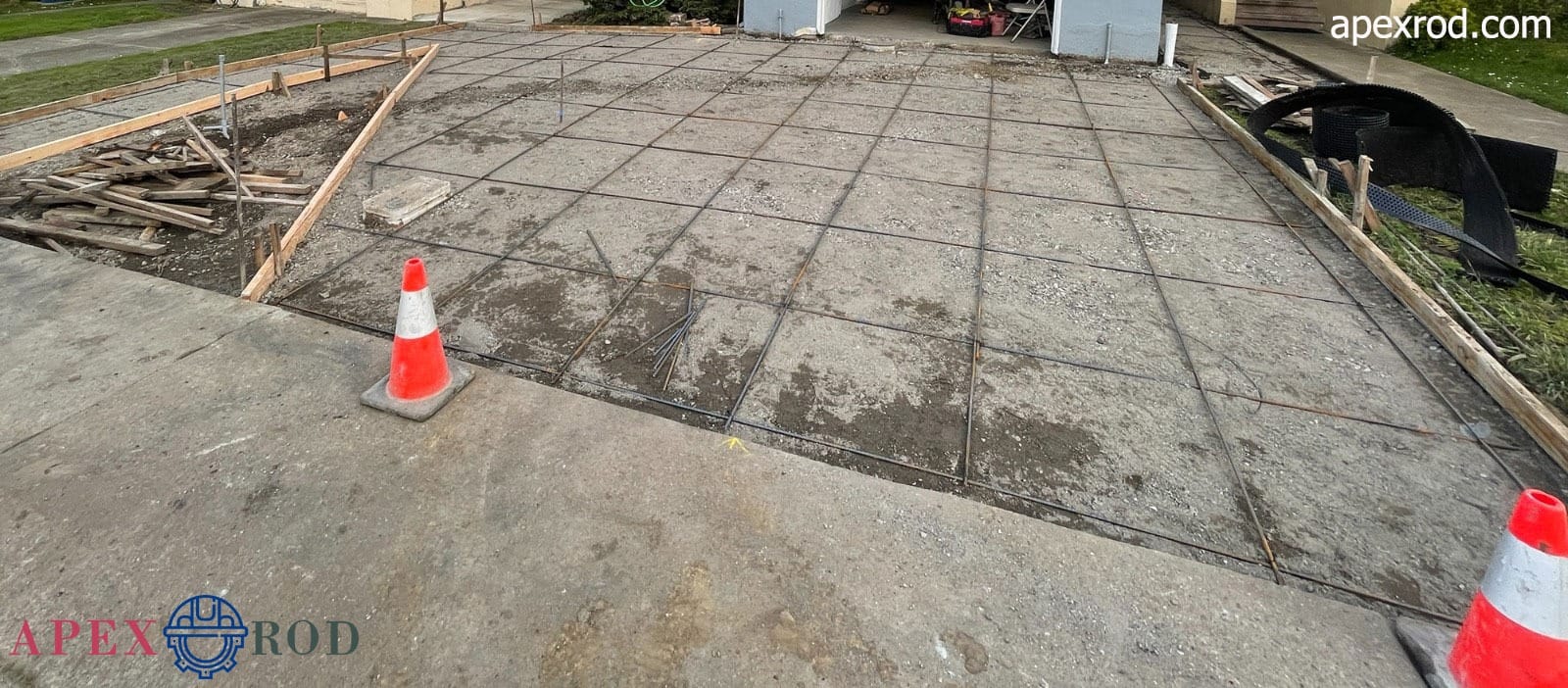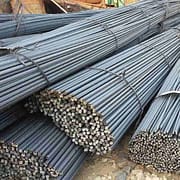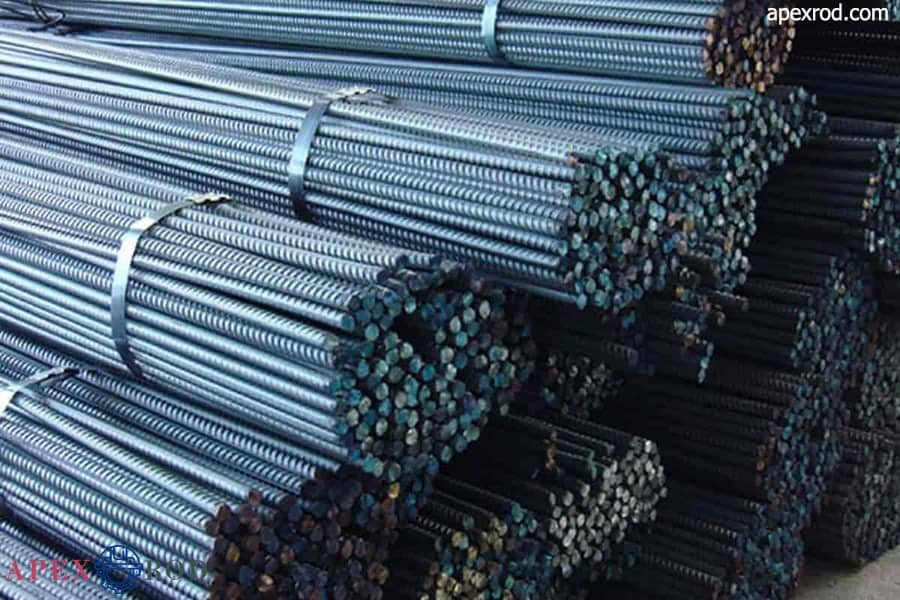Top Steel Rebar Suppliers In Iran
One of the criteria that affect the quality of rebar is the factory that manufactures it. If you are a rebar buyer, you should know the best steel rebar manufacturers and the sorts of rebars they make. We have given you a list of rebar steel rebar suppliers.
Which Factories In Iran Provide The Highest Quality Rebar?
Some say Iran’s best rebar is produced at the iron smelting facility. Of course, this judgment can be somewhat correct, as the iron melting rod’s weight is quite near that of the STAHLBAU PROFILE. For example, Isfahan Zob Ahan Company is one of the most excellent rebar suppliers, offering a higher price than other steel rebar suppliers. Many factories make high-quality products today, and you will learn about some of them in this article.
List of Rebar Manufacturers in Iran
Numerous manufacturers in Iran are producing rebar; however, some of them are of high quality and can be purchased with complete trust. We’ve listed the most excellent rebar steel rebar suppliers below:
· Zob Ahan Company, Isfahan
Zob Ahan rebar is one of Iran’s most well-known rebars, with excellent quality and expensive prices. The high cost of iron melting rebar makes it unsuitable for several applications. Zob Ahan Company began operations with a production capacity of 550 thousand tons annually and has already received several awards.
This collection’s additional items include the creation of alloy and earthquake-resistant products, such as alloy rebar. Zob Ahan Isfahan is the country’s first steel producer, with 3 million and 600 thousand tons of steel capacity, focusing on creating high-quality sections and products.
Currently, Zob Ahan Isfahan produces A3 rebar, which can be used on another manufacturing line later in the year.
· Kashan Desert Steel Factory
Kashan Desert Factory began operations in 1379 and is currently ranked second among Iran’s rebar manufacturers. This plant produces high-quality rebar that can be welded.
This rebar’s exceptional strength and weldability can be attributed to its excellent flexibility. This collection’s items include A4 rebar in standard sizes and size 40.
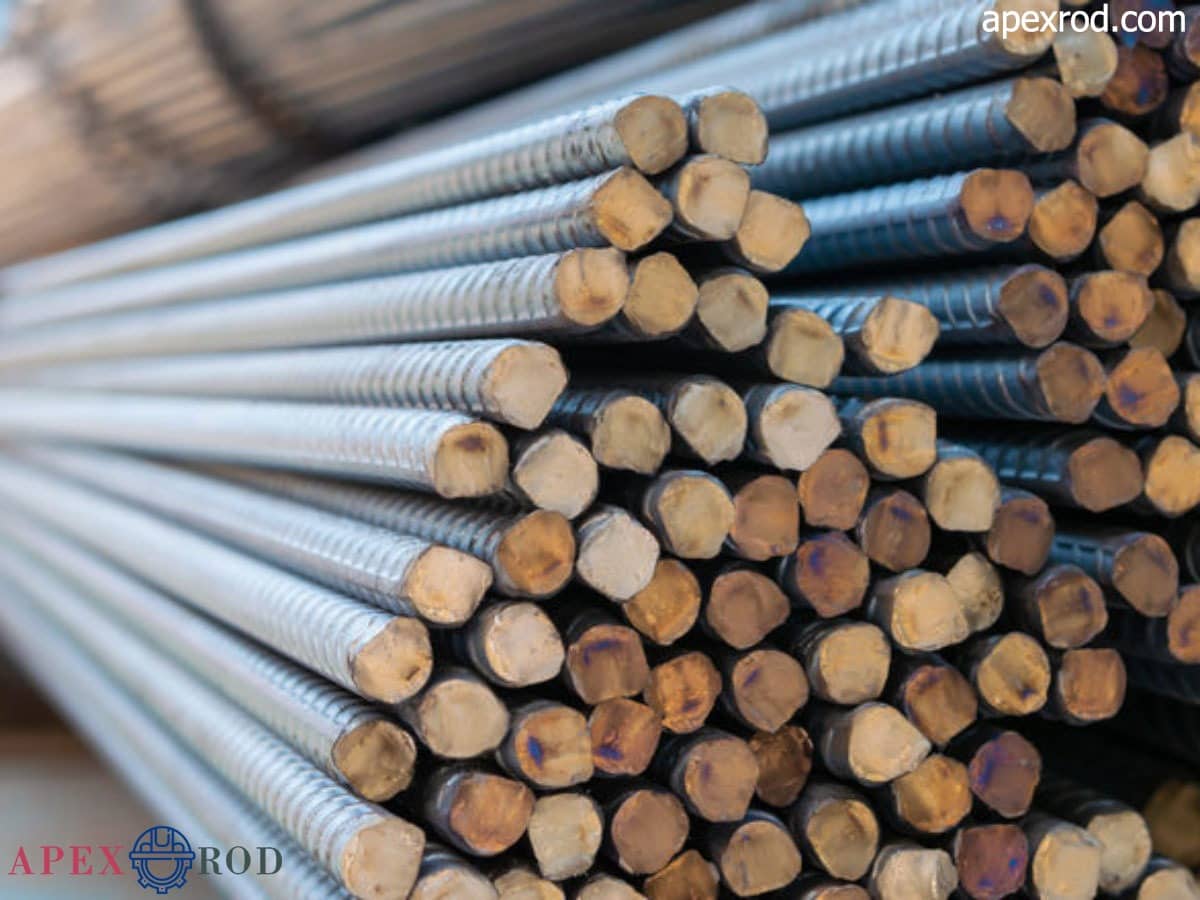
· Khorasan Steel Factory (Neyshabour Steel).
Khorasan Steel Factory was founded in 1381, 15 km northwest of Neishabur. This firm makes plain and ribbed bars ranging from 8 to 32 mm. This factory’s rebars comply with Iran’s national standard No. 3132.
Neyshabour rebars are engraved with the initials N or KSC CO, indicating they are pricey and of good quality.
· Anahita Gilan Steel
Anahita Steel was founded at the end of 2009 after altering its nature and purpose to make rebar in sizes 8 through 32. In 1390, they began their professional career by obtaining modern and well-equipped industrial equipment. This facility now has an estimated yearly production capacity of 320 thousand tons. This manufacturer produces items that meet the ISIRI 3132 standard.
Anahita manufactures two types of rebar, A2 and A3, with physical and chemical properties based on national specifications.
· Rohini Steel Complex
Rohina Steel Complex’s products include a wide range of high-quality primary and ribbed rebar. This collection’s rebars range from 8 to 40 mm, while the coils range from 5 to 16 mm. Iran’s national standard creates Rohina rebars, ASTM A615 3132 of the US.
One of the quality requirements for rebar is its heavy weight; nevertheless, the rebars manufactured at the Rohina Steel Complex have great strength despite their modest weight. The low weight of rebars is economically significant in construction projects. In addition to the rebars above, this group has manufactured A4 rebars.
· Bafq Steel Complex
Bafq Steel Factory was established in 1994 and has a manufacturing capacity of 550 thousand tons. This collection is among the highest-quality rebar makers in the country, producing A3 rebar in sizes ranging from 8 to 32. This collection is notable for its utilization of current European technology and compliance with the appropriate requirements. This collection’s bars come in four branches for size 8, three branches for size 10, two branches for size 14, and single branches for sizes 16 to 32.

· Sarmad Abarkoh of Yazd.
Sarmad Abarkoh Factory is another rebar factory in Iran that began operations in 2011. This facility produces 450,000 tons of rebar and 600,000 tons of steel ingots yearly. The rebars manufactured by this facility meet national standard No. 3132.
· Central Azerbaijan Steel
The middle facility began formal rebar manufacturing in 1379. This facility is easily accessible due to its closeness to the national railway and usage of a dedicated road that connects to the international road network. Azerbaijan Steel has significantly improved product quality by implementing the INQA approach. DIN488 standards manufacture medium ribbed rebar in sizes 10 to 20, whereas bars in sizes 14 to 50 are produced following DIN1013 standards.
One distinguishing element of our services is the availability of Iranian rebars at meagre costs compared to other market possibilities. We believe in making excellent building materials available without sacrificing perfection. Our competitive pricing plan demonstrates our dedication to guaranteeing cost-effectiveness for our clients, reinforcing our position as a reliable supplier in the worldwide market.
Your Premier Global Wholesale Rebar Supplier
Our nation, Iran, is located in a region with a high demand for rebar. On the other hand, the availability of efficient ground transportation infrastructure in Iran has enabled exporters to readily transfer their goods to neighbouring nations.
As you know, export commodities must match the destination country’s requirements. The rebar made in Iran has specified dimensions and tread and adheres to the rebar weight and stall table, as well as the quality control and analysis sheet, which is the product ID. Buyers are offered this. Elevate your construction projects with the strength and reliability of our top-quality Iranian rebars. Explore our comprehensive range of products designed to meet the highest industry standards. Benefit from Apexrod’s competitive prices, unmatched quality, and seamless worldwide delivery as a steel rebar supplier from Iran to worldwide.

